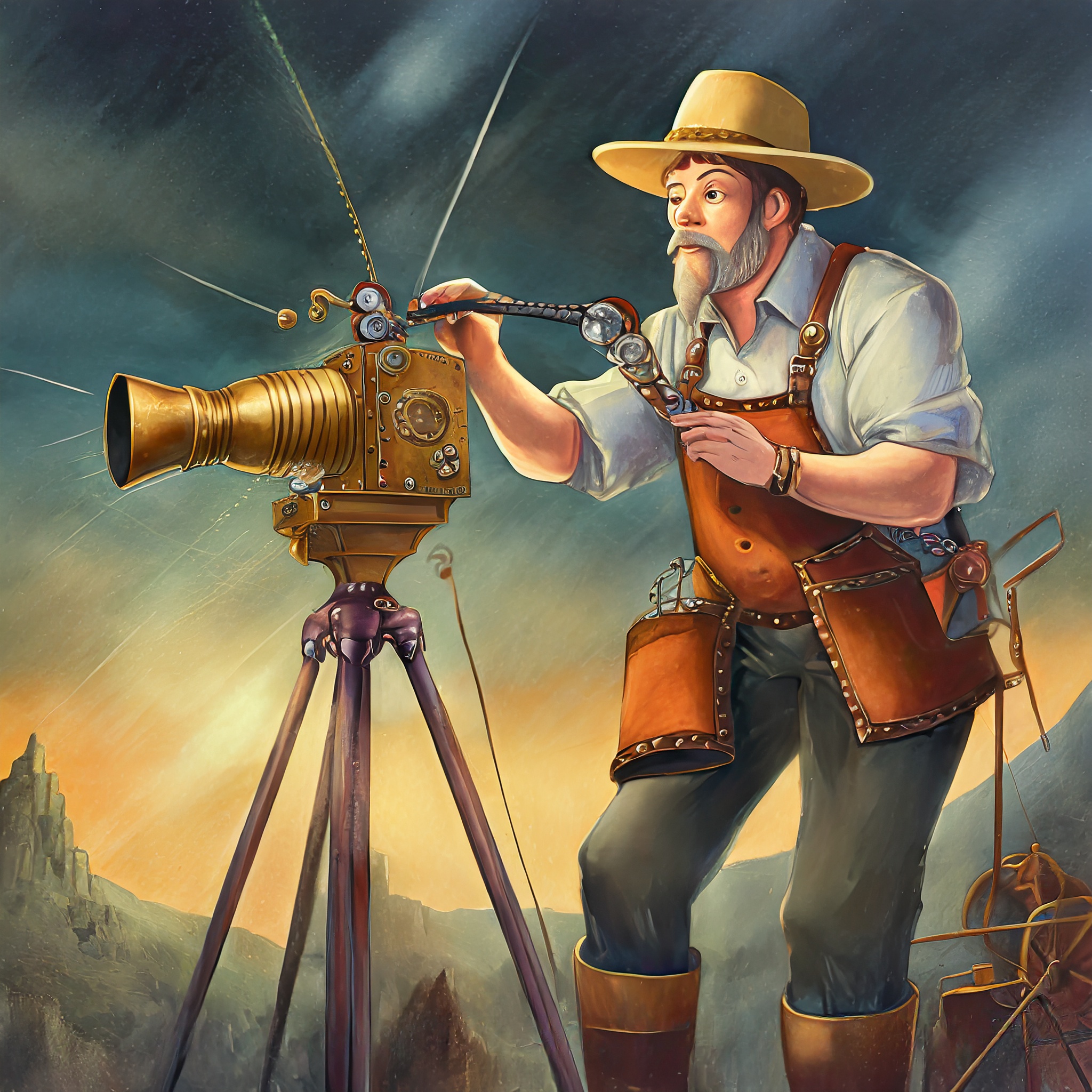Revolution in Cinematic Technology: How Movies Have Evolved over the Decades
Introduction
With each passing decade, the world of cinema has witnessed a revolution in technological advancement. From the silent era to the modern age of digital filmmaking, cinema has evolved tremendously, both in terms of storytelling techniques and technical capabilities. In this blog post, we will explore the major milestones in cinematic technology and its impact on the film industry.
The Silent Era: A Foundation for Cinematic Art
The Birth of Cinema
The birth of cinema can be traced back to 1895 when the Lumière Brothers first projected moving images on a screen. These silent films, usually accompanied by live music, were a significant breakthrough in entertainment.
Advancements in Hand-Cranked Cameras
During the silent era, filmmakers relied on hand-cranked cameras to capture the action. However, the lack of synchronized sound and limited editing options posed challenges for storytelling.
Innovations in Projection Techniques
As the popularity of cinema grew, innovations in projection techniques advanced, such as improved film projectors and the introduction of movie theaters. This led to a surge in movie production and wider accessibility for audiences.
The Golden Age of Hollywood: Sound and Color
The Dawn of Sound
The 1920s witnessed a monumental shift in cinematic technology with the introduction of synchronized sound. Films like “The Jazz Singer” (1927) marked the transition from silent films to “talkies,” providing a more immersive experience for viewers.
Technicolor: A New Era of Visual Storytelling
While sound revolutionized cinema, it was the advent of color that truly transformed the movie-watching experience. Technicolor, first introduced in the 1930s, brought vibrant hues to the screen and enhanced the visual storytelling capabilities of filmmakers.
Innovation in Special Effects: From Miniatures to CGI
Miniatures and Practical Effects
Before the advent of computer-generated imagery (CGI), filmmakers relied on miniatures and practical effects to create awe-inspiring scenes. Classic movies like “King Kong” (1933) showcased the mastery of stop-motion animation and miniature sets.
The Rise of CGI
In the 1980s, the introduction of computer-generated imagery revolutionized the way movies were made. Films like “Jurassic Park” (1993) pushed the boundaries of visual effects and brought dinosaurs to life on the screen.
Motion Capture and Performance Capture
Motion capture technology, popularized by films like “Avatar” (2009), enabled filmmakers to seamlessly integrate live-action performances with computer-generated characters. This technique opened up a new realm of storytelling possibilities.
The Digital Age: Filmmaking Transformed
Transition to Digital Filmmaking
The late 1990s witnessed a shift from traditional film cameras to digital cameras, allowing filmmakers to capture high-definition images and streamline the post-production process. Digital filmmaking became more accessible and cost-effective for independent filmmakers.
Advancements in Post-Production
Digital editing software like Adobe Premiere Pro and Final Cut Pro revolutionized the post-production process. Filmmakers now had more control over their films, with the ability to edit, color grade, and add visual effects digitally.
The Rise of Streaming Services
The advent of streaming services like Netflix and Amazon Prime Video disrupted the traditional film distribution model. Filmmakers now had a wider audience reach and the opportunity to create diverse, independent content.
Conclusion
The revolution in cinematic technology has fundamentally transformed the film industry, providing filmmakers with limitless creative possibilities and audiences with immersive movie experiences. From the silent era to the digital age, technological advancements continue to shape the way stories are told on the silver screen.
Whether it’s the introduction of sound, color, special effects, or digital filmmaking, each era has left an indelible mark on the evolution of cinema. As technology continues to advance, we can only imagine the exciting possibilities that lie ahead for the future of filmmaking. Lights, camera, action!
Note: This blog post provides an overview of the revolution in cinematic technology and its impact on the film industry. Further research and case studies can be explored to delve deeper into specific technological advancements and their influence on filmmaking.

